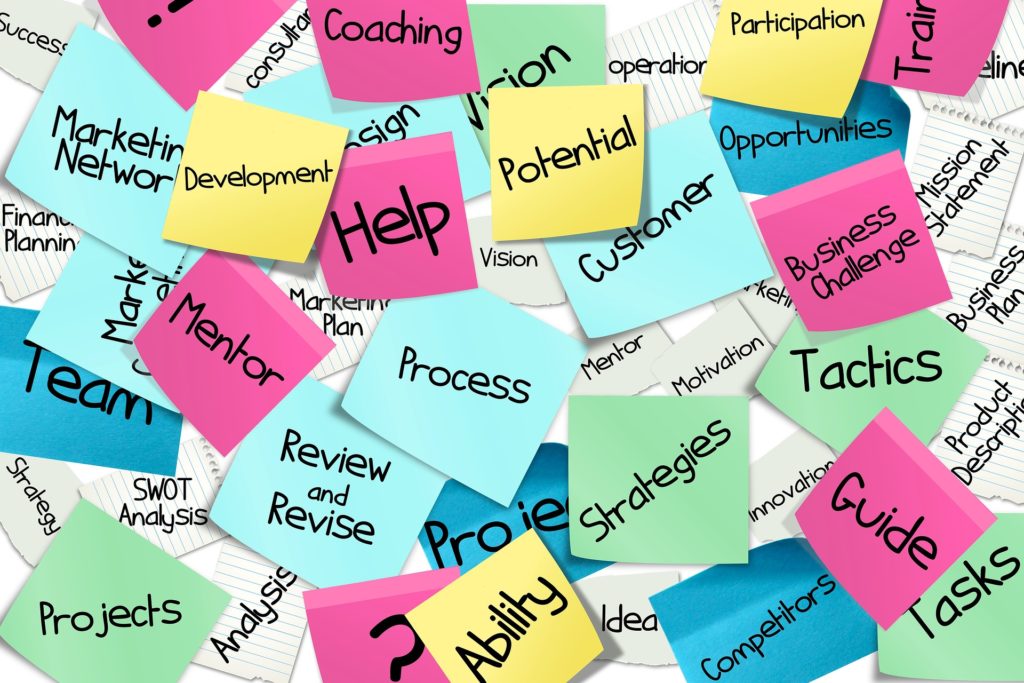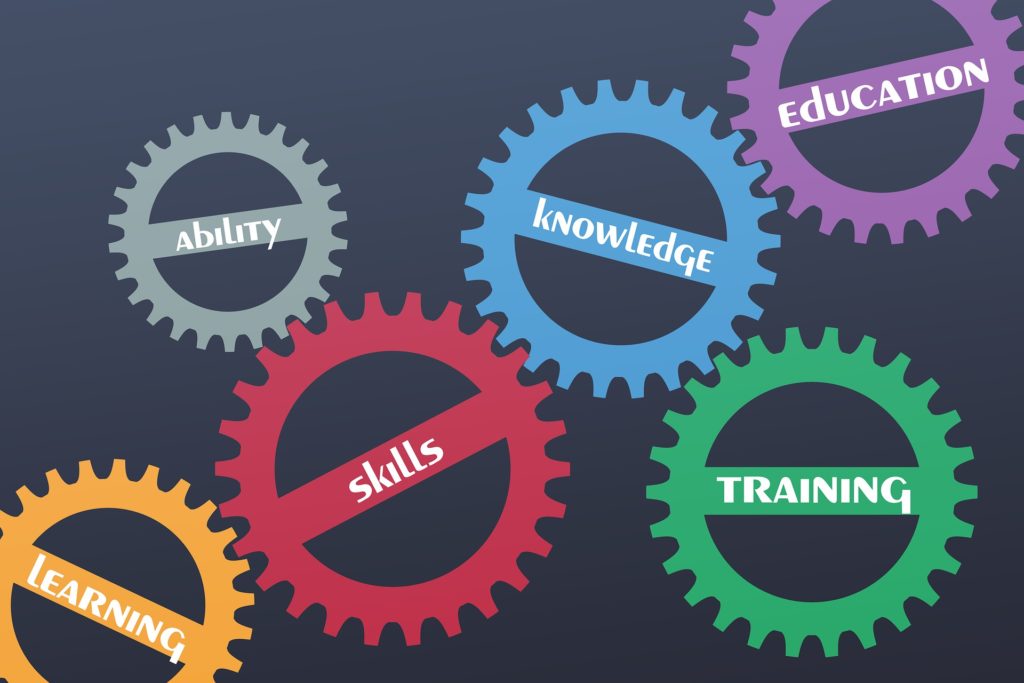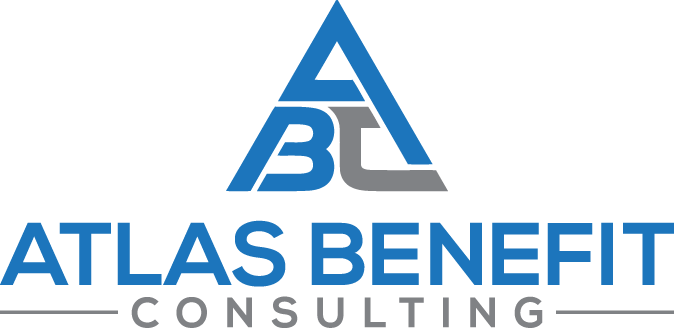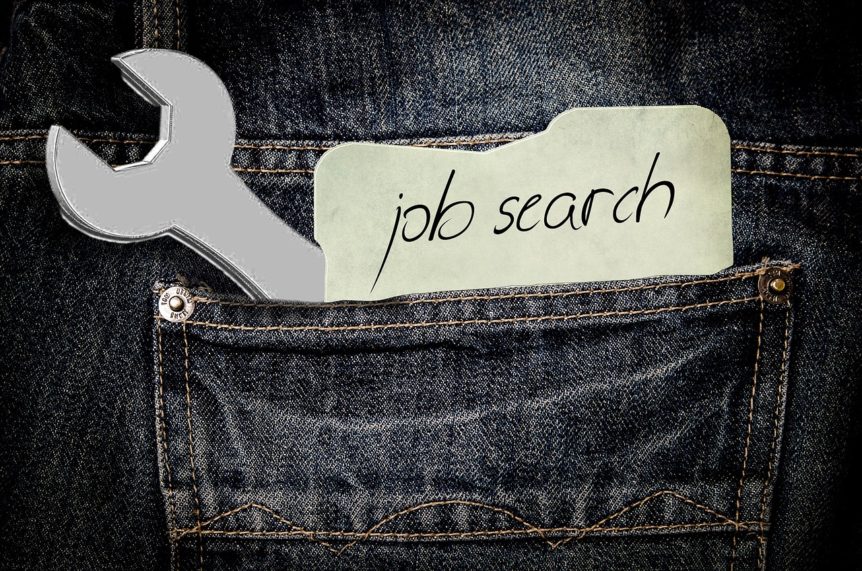Transition- a BIG Change
The transition from active military to veteran status is a complicated and stressful one. The stress during this process is mostly caused from the overabundance of uncertainty. Military life is absolutely hard and stressful, but it becomes “predictably hard” for those serving over time. The danger, stress, and struggles don’t get easier, but those serving adapt and expect it to be this way, so a level of acceptance exists. The move back into civilian life is fraught with many unknowns, and after serving, the body and mind are conditioned for active duty lifestyle.

Statistics
A Special Operations Forces (SOF) For Life 2020/2021 survey reveals that only 29% of those who completed the survey report feeling that the transition assistance offered by the government was helpful. Over 60% reported a significant amount of anxiety in the year leading up to transitioning and more than 50% said it caused marital problems, mostly due to financial strains and worries. Although the survey was for SOF members, it is reasonable to assume that it’s very similar for other active duty members, particularly those who have been deployed.
Considering around 200,000 active service members are transitioning into civilian life each year, the subject of adequate and helpful transition assistance is an important one. While changes have gone into effect in the last few years, it’s obvious that purposeful and intentional transition assistance education needs to begin much earlier for a service member. Retired Army Command Sgt. Maj. Richard Lamb, current Director of Government Relations for the Global SOF Foundation, told Military Times that ‘preparing to leave the military should begin once a service member joins and be part of regular counseling.’
Many veterans and proponents for better transition assistance have expressed the same thoughts as Maj. Lamb. It seems that waiting until nearing the time of transition to actually discuss what that looks like is not beneficial, and most veterans felt they didn’t fully understand the process. Introducing the assistance process and how to prepare for that earlier in the time of service could help a service member feel much more prepared, and be more likely to understand what resources exist and how to utilize them with confidence.
Obviously, the government is not going to be able to address each and every need for a transitioning service member with perfection. Even with changes, new opportunities, and updates, the width of what is needed to provide outstanding support is extensive. So it’s important for service members to be thinking about some of the things they will need to focus on, prior to the actual change. We have put together a basic list of important topics, and a few resources, to consider. This post will focus on career and job skill support and assistance.

Overall Transition Assistance
- Make sure to read up on, and understand your VA Transition Assistance Program (TAP) opportunities here.
- The VA has a Veteran’s Benefits Timetable here. It is important to know what is available, and when to apply for it.
- Military Installations provides some TAP help, searchable by region, here.
- Stay current with news and updates for TAP here.
- Visit the DoDTAP page here. For those who utilized the TAP courses, 85% responded that they found it very helpful with their transition. Access the courses here.
Career & Job Skills
Finding a job is usually foremost on the mind of a service member who is about to be back in civilian life and start their veteran journey. Oftentimes, transitioning service members don’t just need a job, they need someone to mentor them, and educational and job skill resources. We have a post on career and educational help for veterans here.
- Educational and Career Counseling is available through the VA. Visit this page to learn more about it.
- The VA Careers and Employment resource page offers tips and resources
- Veteran Readiness & Employment (VR & E) program– If you are no longer active duty, don’t have a dishonorable discharge, and have at least a 10% disability rating from the VA, you can apply for the VR & E program here.
- Military.com list of 28 free resources for veterans entering the workforce
- Careeronestop veteran / military transition resources
- Matthew Louis, a veteran and expert in career assistance, has a website chock full of resources. Click each bullet below to visit that particular page.
- Veteran employment details by state
- Lessons Learned from his own transition
- Resume builder help at USAJOBS.gov

Take the Next Step
The most important thing is to have knowledge and understanding of the processes and options. It is incredibly helpful and makes the process much easier and more streamlined to have someone on your team and in your corner. Our consultants are knowledgeable and can help- whether you are 10 months out from transitioning or you’re already a veteran with service-connected disabilities. Use the button below to contact us for a free consultation to see how we can help you understand what’s available and to maximize your benefits.
Click Here for Info on Your Free Consultation


